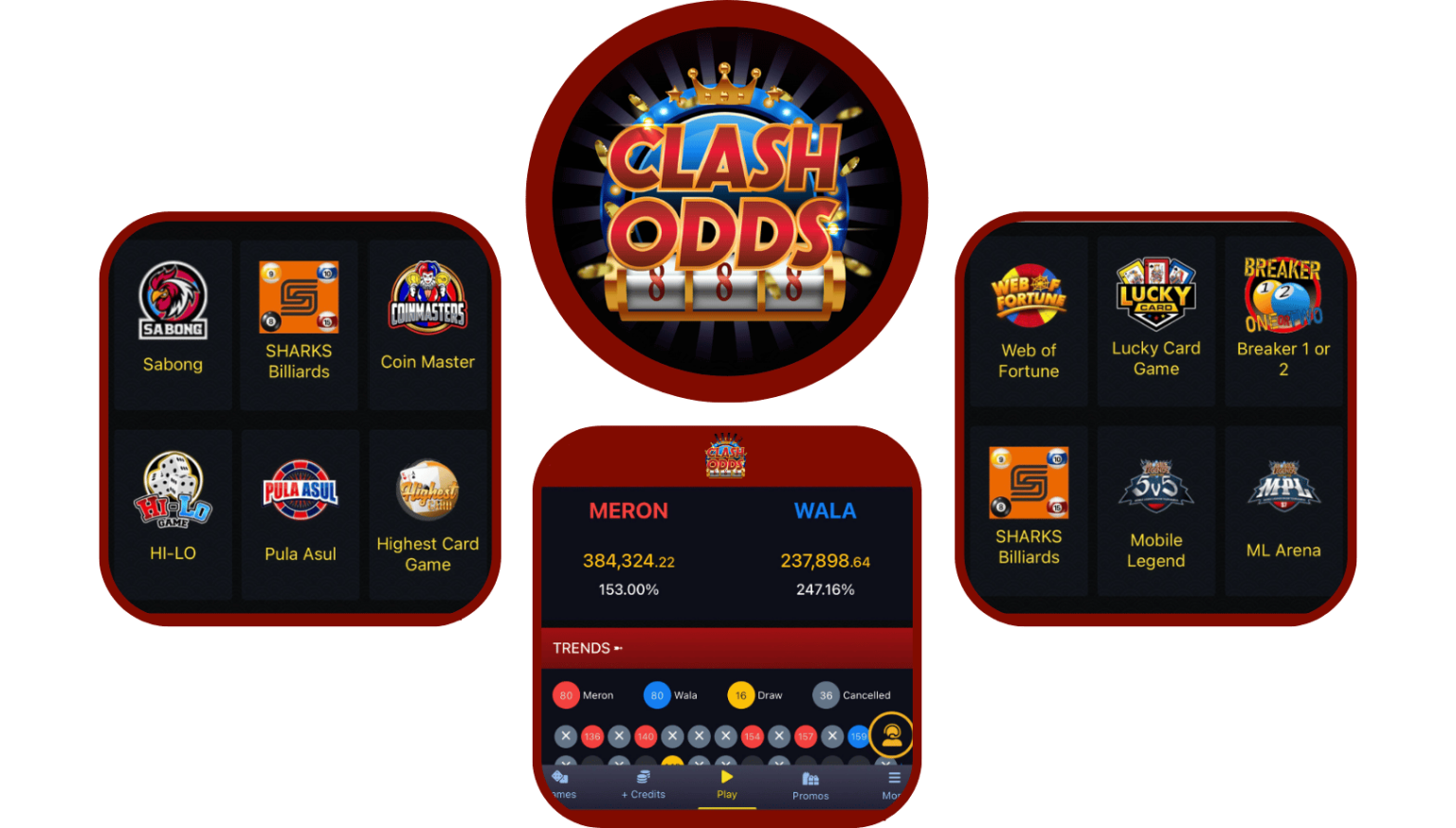Understanding the dynamics of odds is fundamental for anyone navigating decision-making in high-stakes environments like sports, gaming, or financial markets. This in-depth guide explores the clash of odds, their intricate mechanics, and actionable strategies for leveraging them to your advantage.
What Are Odds and How Do They Work?
Odds are the numerical representation of probability, expressing the likelihood of an event occurring. They serve as the foundation for decision-making, offering insight into risks and potential rewards. Here’s how odds are typically expressed:
- Fractional Odds (e.g., 2/1): Indicate the profit relative to the stake. For instance, 2/1 means you gain 2 units for every unit wagered.
- Decimal Odds (e.g., 3.00): Show the total payout, including the stake, for every unit wagered.
- Moneyline Odds (+200/-150): Used in American markets, where positive numbers denote underdogs and negative numbers signify favorites.
Each format offers a unique perspective but ultimately conveys the same core probability.
Exploring the Clash: Applications Across Fields
Odds find application in diverse industries, each with its own nuances and strategic implications. Let’s examine how this clash manifests across popular domains.
1. Sports Betting: A Competitive Arena
Sports betting is synonymous with odds, with bookmakers leveraging advanced models to predict outcomes. Types of odds commonly encountered include:
- Fixed Odds: Established before the event and remain unchanged unless substantial information arises.
- Dynamic Odds: Fluctuate in real time, responding to ongoing developments in the event.
Key Factors in Sports Betting Odds:
- Team/Player Form: Current performance trends.
- External Conditions: Weather, injuries, or unexpected changes.
- Public Sentiment: Popularity influencing bookmaker adjustments.
Understanding these variables allows bettors to identify undervalued opportunities and make informed bets.
2. Casino Games: The House Always Wins
Casino odds are meticulously calculated to ensure a house edge. Popular games like blackjack, poker, and roulette are governed by probabilities that players can leverage with the right strategies.
Examples of Casino Odds:
- Roulette: In European roulette, the odds of winning a single-number bet are 1 in 37, while American roulette reduces this to 1 in 38 due to the additional zero.
- Blackjack: Offers better odds with strategic play, as decisions like hitting, standing, or doubling down influence outcomes.
By learning game-specific mechanics, players can reduce the house edge and enhance their experience.
3. Financial Markets: Probabilities of Profit
Odds in financial markets are expressed as probabilities tied to potential outcomes, influencing investment decisions.
Applications of Odds in Finance:
- Options Trading: Predicting the likelihood of a stock reaching a specific price within a set timeframe.
- Risk Analysis: Assessing probabilities of portfolio performance under different market conditions.
- Algorithmic Predictions: Leveraging AI to refine investment odds.
Understanding these odds equips traders to balance risk and reward effectively.
Strategies to Gain an Edge in the Clash of Odds
1. Master the Art of Research
Thorough research separates success from failure. Use data to analyze historical trends, monitor real-time updates, and identify patterns. Tools like spreadsheets, data visualizers, and statistical models are invaluable for precise calculations.
2. Implement a Risk Management Framework
Managing risk is paramount, particularly in high-stakes environments. Key strategies include:
- Diversification: Spreading risk across multiple bets or investments.
- Stake Management: Allocating a fixed percentage of your bankroll to each decision.
- Stop-Loss Mechanisms: Setting limits to prevent overexposure.
3. Embrace Technology
Modern innovations have transformed the way odds are calculated, understood, and leveraged. Advanced platforms provide:
- Real-Time Updates: Ensuring you stay informed about dynamic odds changes.
- Predictive Analytics: AI-driven tools offering probabilities for various scenarios.
- Custom Dashboards: Tailored interfaces that simplify complex calculations.
Harnessing technology ensures you stay ahead in competitive domains.
Psychology of Odds: Overcoming Cognitive Biases
Human psychology often impacts decision-making with odds. Recognizing and mitigating these biases enhances your ability to interpret probabilities effectively:
- Confirmation Bias: Favoring information that supports pre-existing beliefs.
- Anchoring Effect: Relying too heavily on initial data points.
- Loss Aversion: Over-prioritizing the fear of losing over potential gains.
Adopting a logical and objective mindset ensures better outcomes.
Future Trends: Evolving the Clash of Odds
The landscape of odds is rapidly evolving, driven by advancements in data science, AI, and blockchain technology. Emerging trends include:
- Blockchain-Based Odds Platforms: Enhancing transparency in betting and gaming.
- Machine Learning Algorithms: Predicting outcomes with unprecedented accuracy.
- Hyper-Personalized Analytics: Delivering tailored odds based on user preferences.
These developments promise to reshape the odds industry, offering more precise and equitable solutions.
Conclusion
The clash of odds is a rich and dynamic field that extends beyond mere numbers. It combines probability, strategy, and psychology to create opportunities across sports, gaming, and financial markets. By mastering the principles outlined in this guide, you can navigate this complex world with confidence, making informed decisions and maximizing your potential for success.

